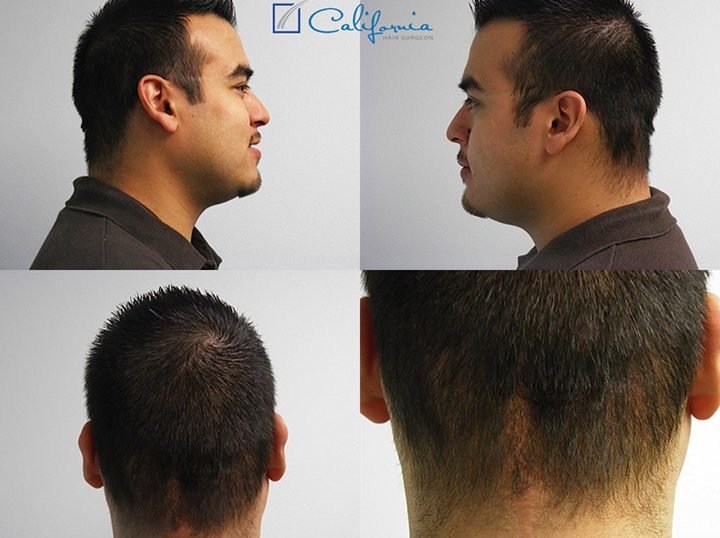
Hair Transplant Surgery is a procedure that involves removing hair follicles from one area of the scalp and transplanting them to another area where there is baldness or thinning. This procedure is done to help people who have hair loss due to various reasons, such as genetics, illness, or injury. It is a relatively safe procedure, and when done correctly, it can be a very effective way to restore hair.
The most common type of hair transplant surgery is a follicular unit extraction, or FUE. In this procedure, hair follicles are removed from the back or sides of the scalp and transplanted to the bald or thinning areas. The donor area is often shaved to make it easier to remove the follicles, and the recipient area is prepared by cleaning, trimming, and removing any existing hair.
Once the donor and recipient areas are ready, the doctor will make small incisions in the recipient area. Then, the doctor will carefully remove individual follicles and transplant them into the recipient area. The follicles are carefully placed in the direction of the patient’s natural hair growth, and the doctor will usually use a microscope to ensure the proper placement of the follicles.
After the transplant, the patient may experience some swelling, redness, and discomfort. The doctor will usually prescribe antibiotics and/or anti-inflammatory medications to help reduce these symptoms. Most patients are able to return to work or school within a few days after the procedure.
It is important to note that hair transplant surgery does not guarantee that the hair will grow back and stay in place. The transplanted hair may fall out once the procedure is complete, and some patients may require multiple procedures over several months or years to achieve the desired results. Additionally, the transplanted hair may not match the color and texture of the surrounding hair, which can be a source of dissatisfaction for some patients.
Overall, hair transplant surgery is an effective way to restore hair in cases of hair loss due to genetics, illness, or injury. However, it is important to be aware of the potential risks and side effects, as well as the fact that the results may not be permanent. Patients should consult with a qualified doctor to determine if this procedure is right for them.